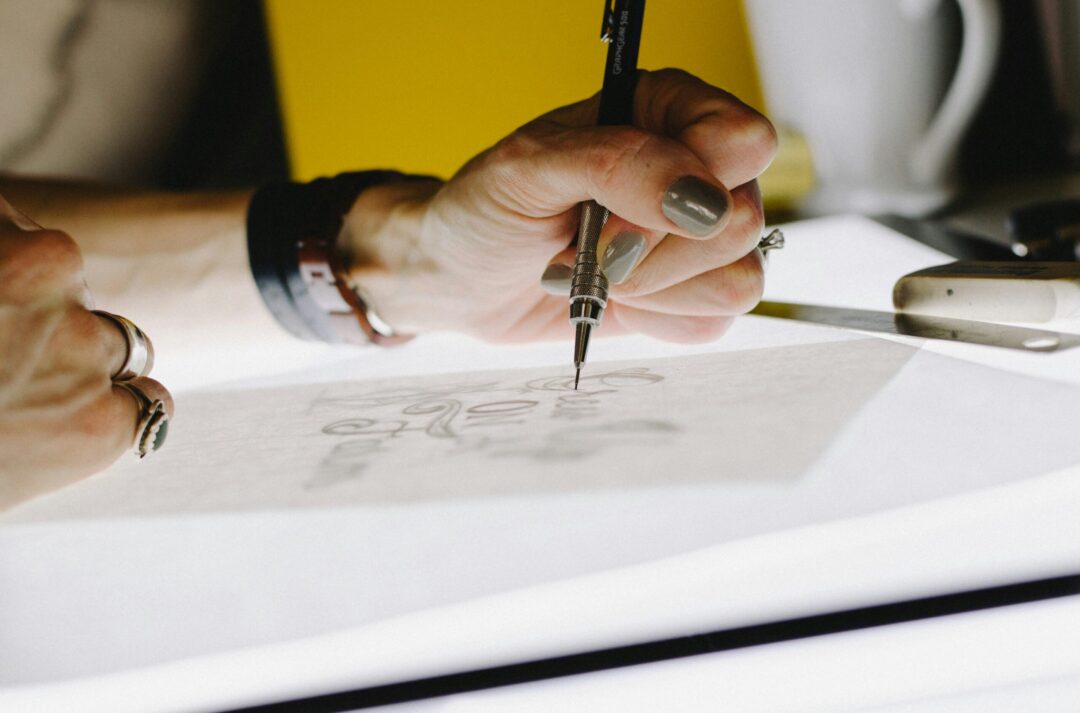
Introduction
Visual design plays a crucial role in creating user-centric and impactful experiences in UX. It is the art of using visual elements to communicate and enhance the usability of a product or service. In this blog post, we will explore six essential visual design principles that every UX designer should master. By understanding and applying these principles, designers can unlock the power of visual design and create compelling experiences for users.
1. Balance
Balance refers to the distribution of visual elements within a design. It is about creating a sense of equilibrium and harmony. There are three types of balance: symmetrical, asymmetrical, and radial.
Symmetrical balance is achieved when elements are evenly distributed around a central axis. It creates a sense of stability and formality. Asymmetrical balance, on the other hand, involves the distribution of elements in an uneven manner. It creates a dynamic and visually interesting composition. Radial balance is achieved when elements are arranged around a central point, like spokes on a wheel.
When designing a user interface, it is important to consider the balance of elements to ensure a visually pleasing and harmonious layout. By using balance effectively, designers can guide users’ attention and create a sense of order and hierarchy.
2. Contrast
Contrast is the juxtaposition of different elements to create visual interest and emphasis. It involves using differences in color, size, shape, and texture to distinguish between elements and create a hierarchy of information.
Contrast can be used to highlight important elements, such as call-to-action buttons or key information. By making these elements stand out from the rest of the design, users are more likely to notice and interact with them. Contrast can also be used to create visual hierarchy and guide users’ attention through a design.
However, it is important to use contrast sparingly and purposefully. Too much contrast can create visual clutter and make a design overwhelming. By finding the right balance of contrast, designers can create a visually appealing and user-friendly interface.
3. Color
Color is a powerful tool in visual design. It can evoke emotions, convey meaning, and create visual impact. When designing for UX, it is important to consider the psychological and cultural associations of colors.
Color can be used to create a visual hierarchy, with different colors representing different levels of importance or meaning. It can also be used to establish a brand identity and create a cohesive visual language.
However, it is important to use color judiciously and consider the accessibility of a design. Not all users can perceive colors in the same way, so it is important to provide alternative visual cues, such as text or icons, to convey information.
4. Typography
Typography is the art of arranging type to make written language readable and visually appealing. It plays a crucial role in UX design, as text is often the primary means of communication with users.
When choosing typography for a design, it is important to consider legibility, readability, and hierarchy. Legibility refers to how easily individual characters can be distinguished, while readability refers to how easily blocks of text can be read. Hierarchy involves using different font sizes, weights, and styles to create a visual structure and guide users’ attention.
Typography can also be used to convey meaning and evoke emotions. Different fonts have different personalities and associations, so it is important to choose typography that aligns with the brand and the message being conveyed.
5. Space
Space, or negative space, is the area between and around elements in a design. It is an important visual element that can enhance readability, create emphasis, and establish a sense of balance.
By strategically using space, designers can create a sense of organization and hierarchy. It can also help to reduce visual clutter and make a design more user-friendly.
Whitespace, in particular, is a powerful tool in visual design. It can be used to separate elements, create emphasis, and improve readability. By giving elements room to breathe, designers can create a clean and uncluttered interface.
6. Consistency
Consistency is key in visual design. It refers to using the same design elements and principles throughout a product or service to create a cohesive and seamless user experience.
Consistency helps users to understand and navigate a design more easily. It establishes familiarity and builds trust. By using consistent typography, colors, and layout, designers can create a unified and user-friendly interface.
However, consistency should not be mistaken for uniformity. It is important to allow for variation and creativity within a design, while still maintaining a consistent visual language.
Conclusion
Visual design is a powerful tool in UX. By mastering the essential visual design principles of balance, contrast, color, typography, space, and consistency, designers can create user-centric and impactful experiences. These principles provide a foundation for creating visually appealing and user-friendly interfaces that communicate effectively and enhance the usability of a product or service.
By understanding the power of visual design and applying these principles, designers can unlock the full potential of their UX work and create experiences that delight and engage users.